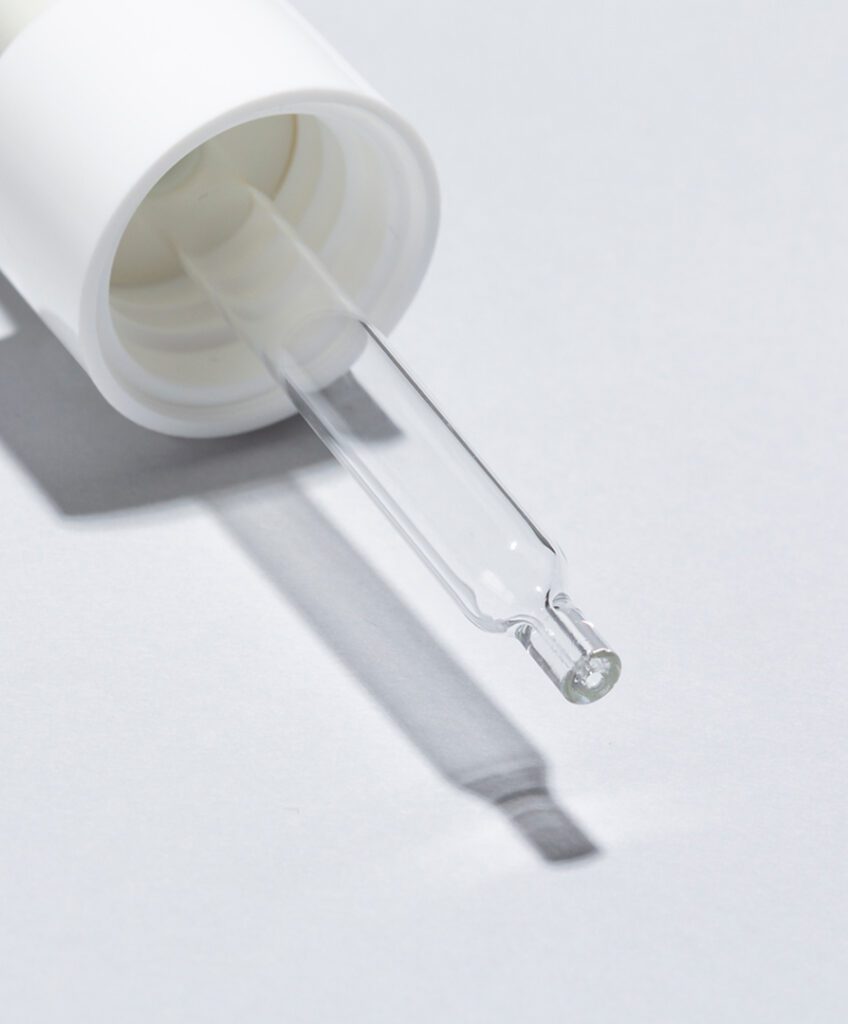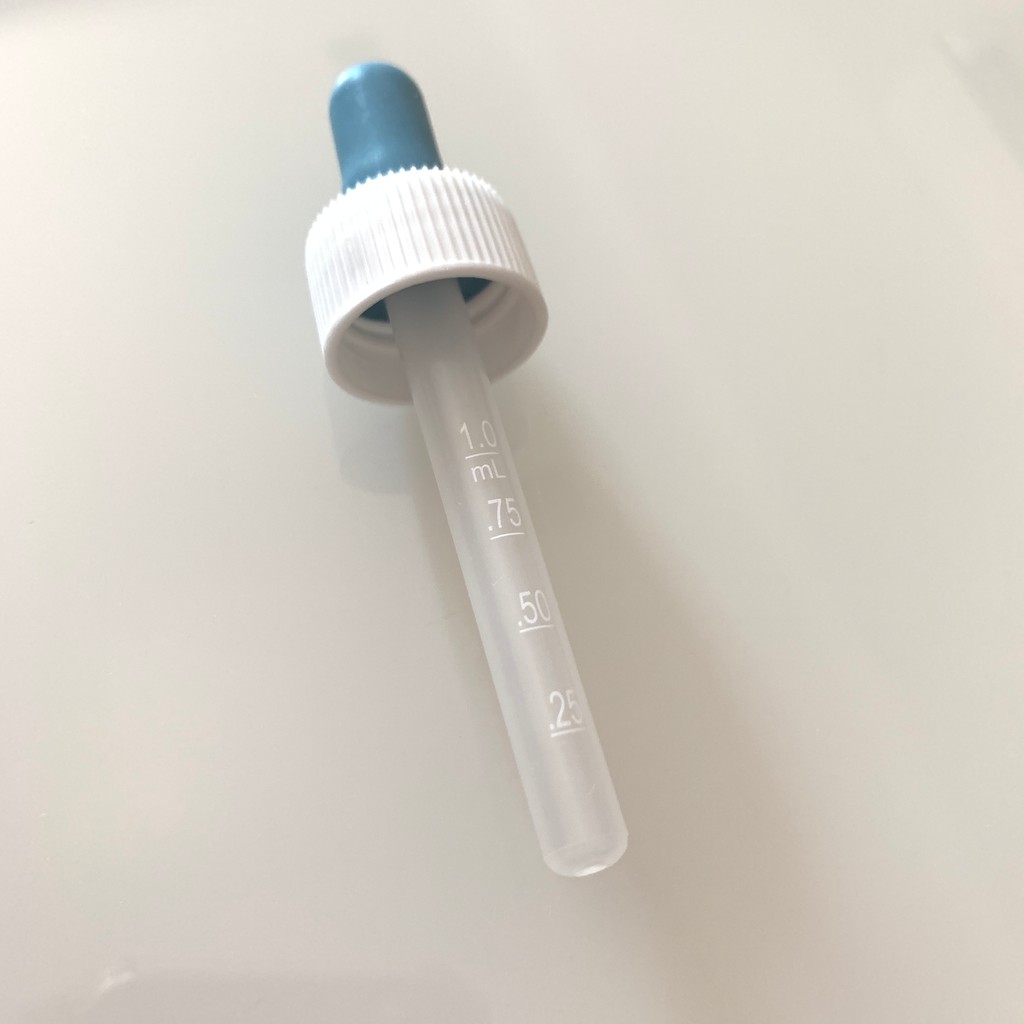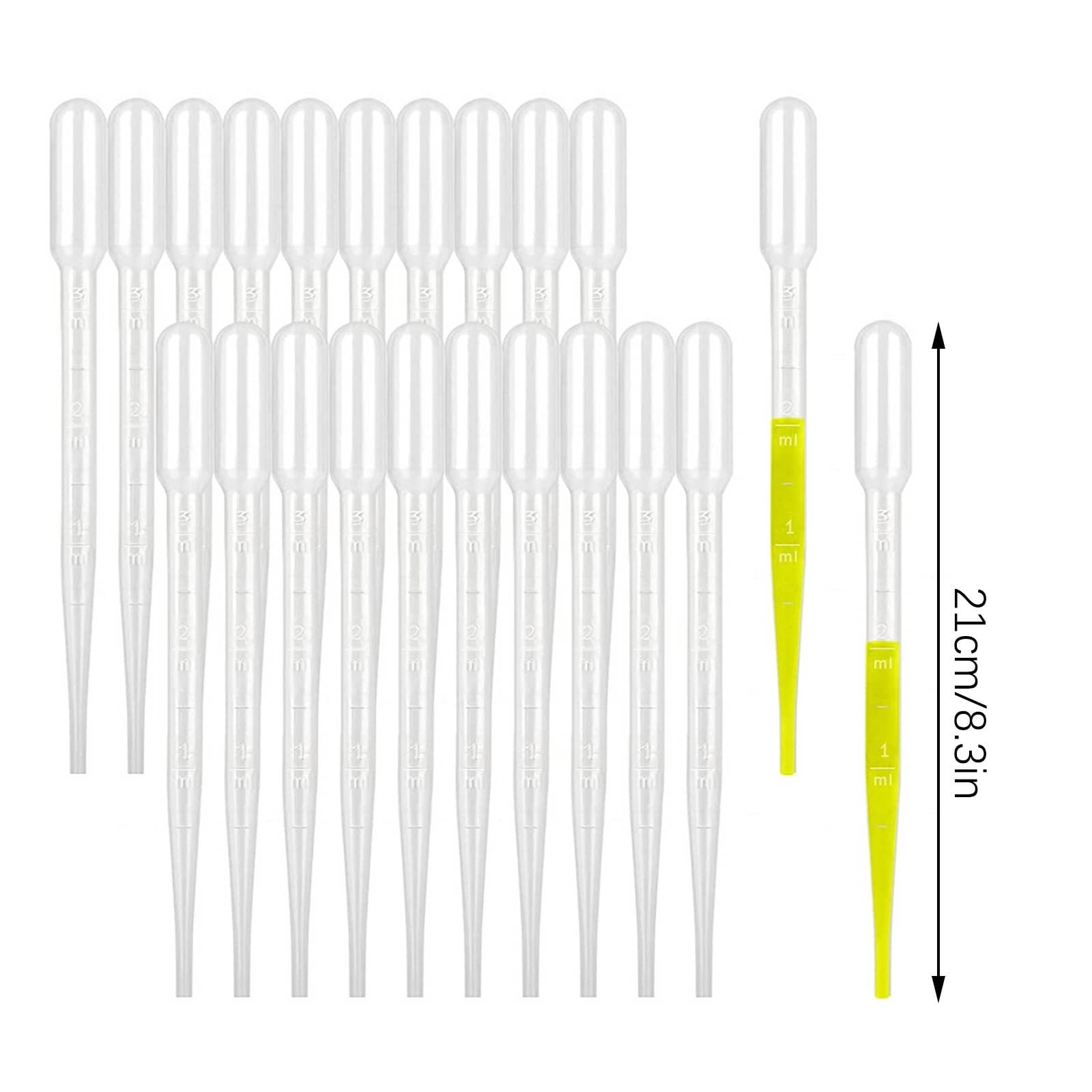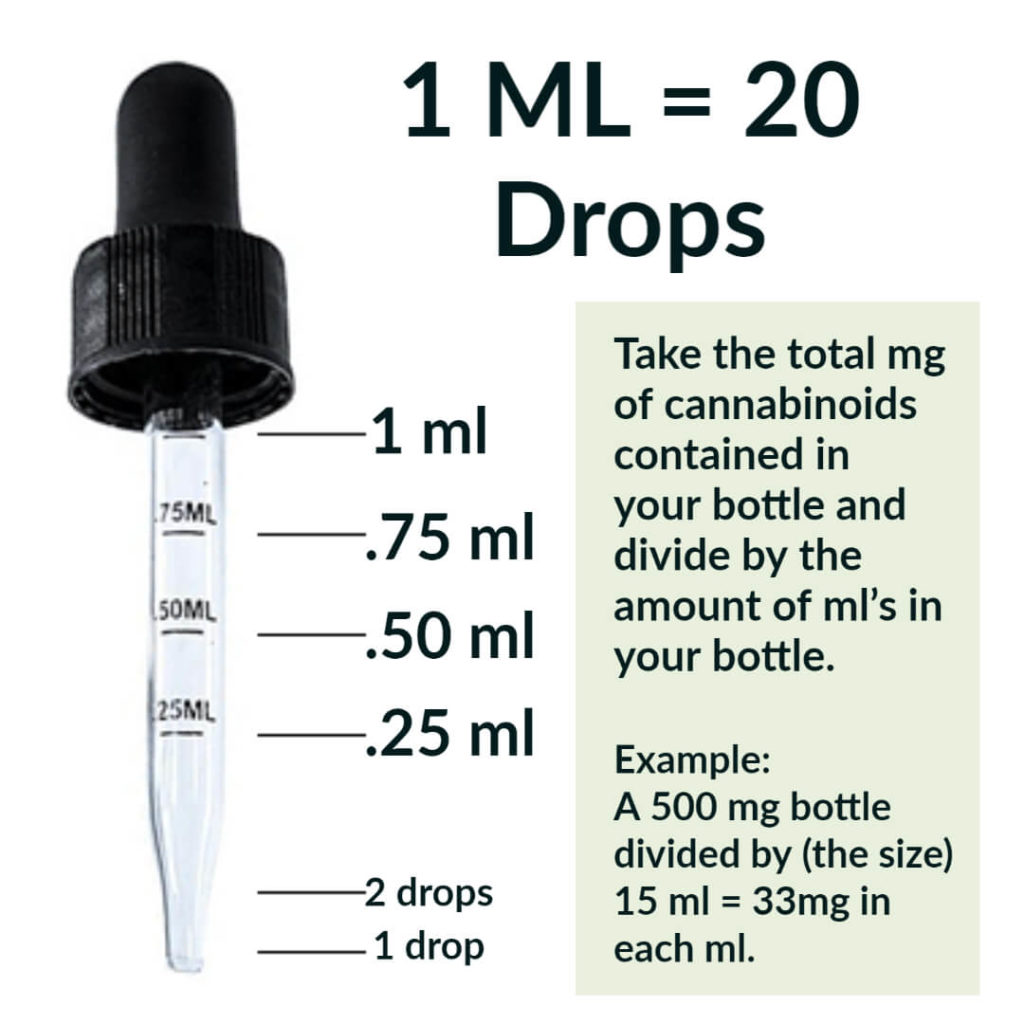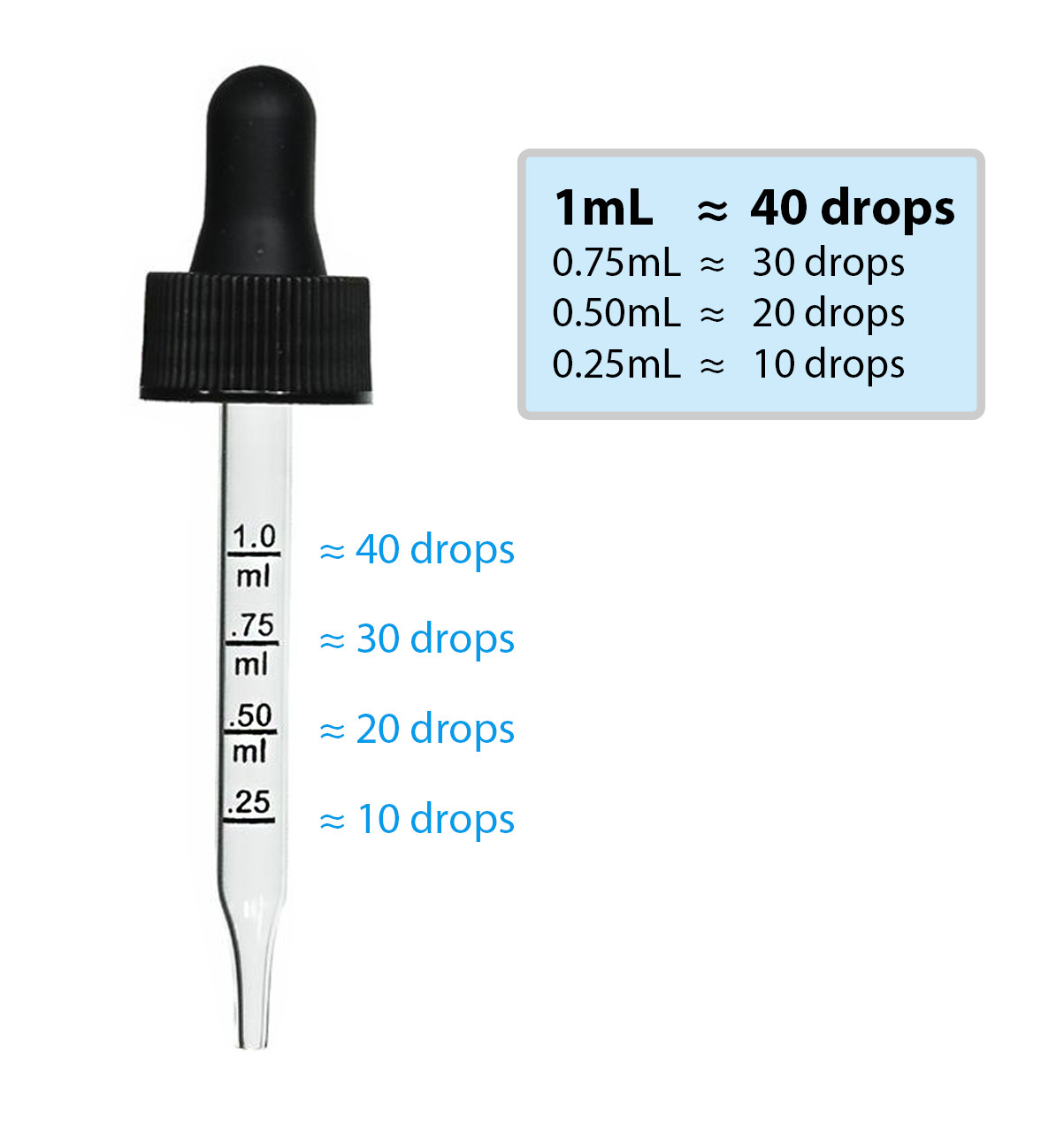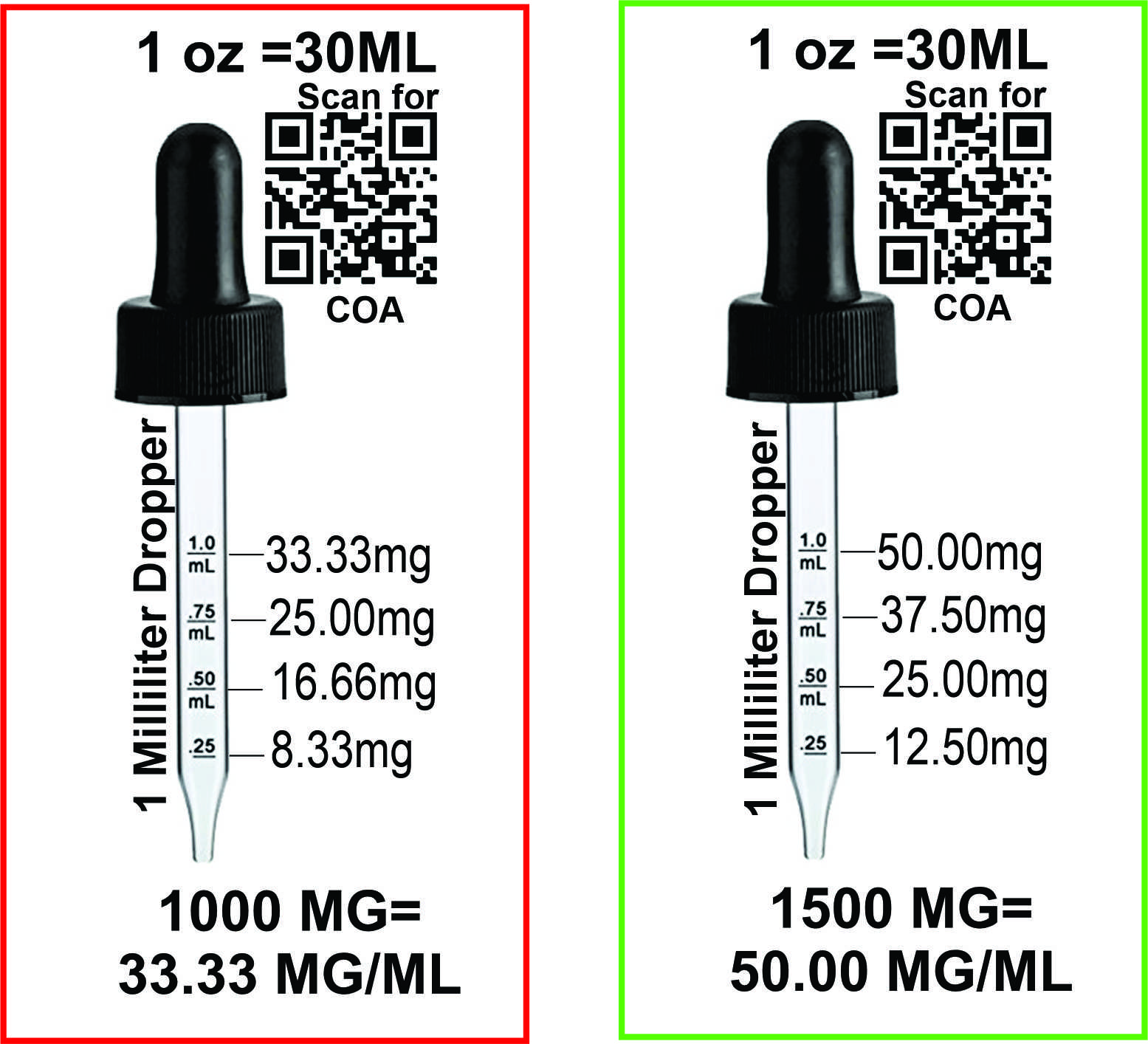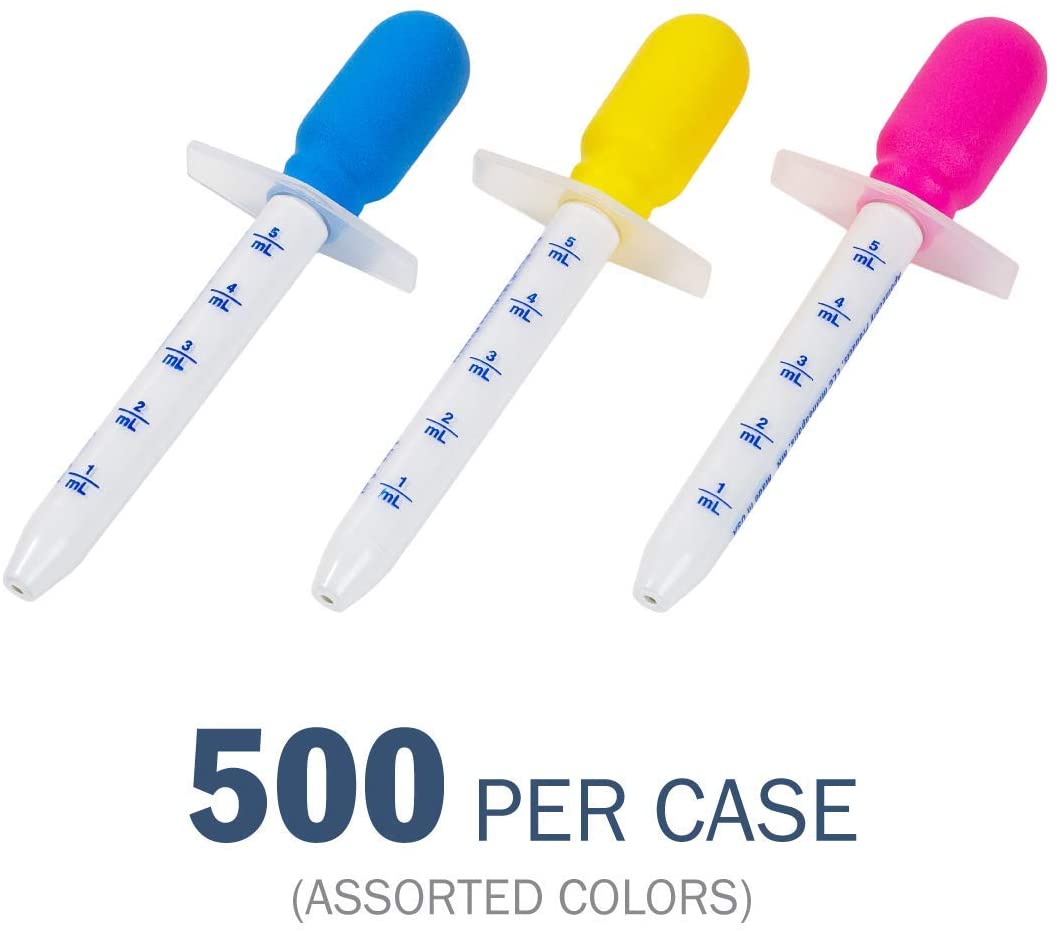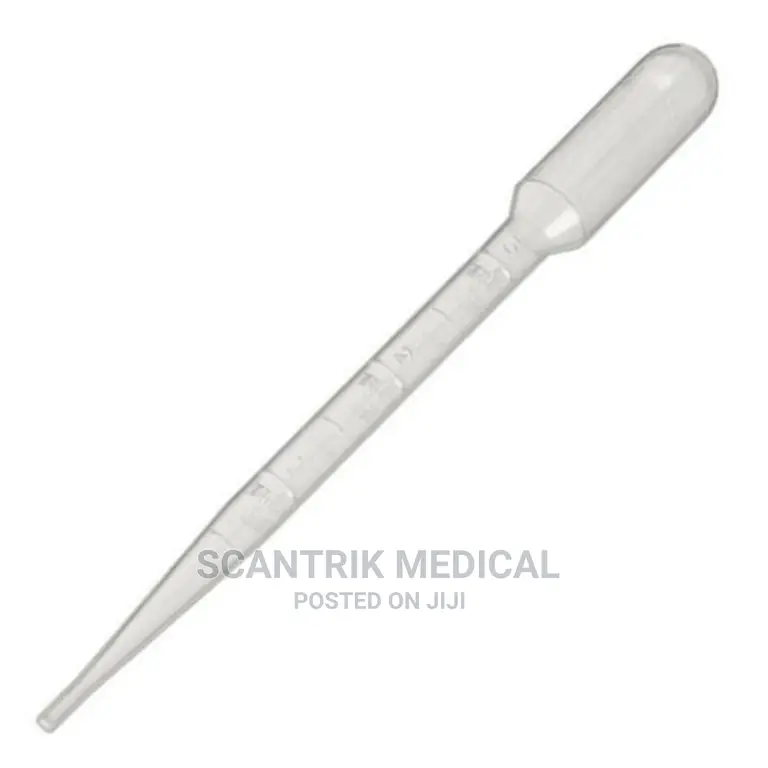How Much Is 2ml In A Dropper
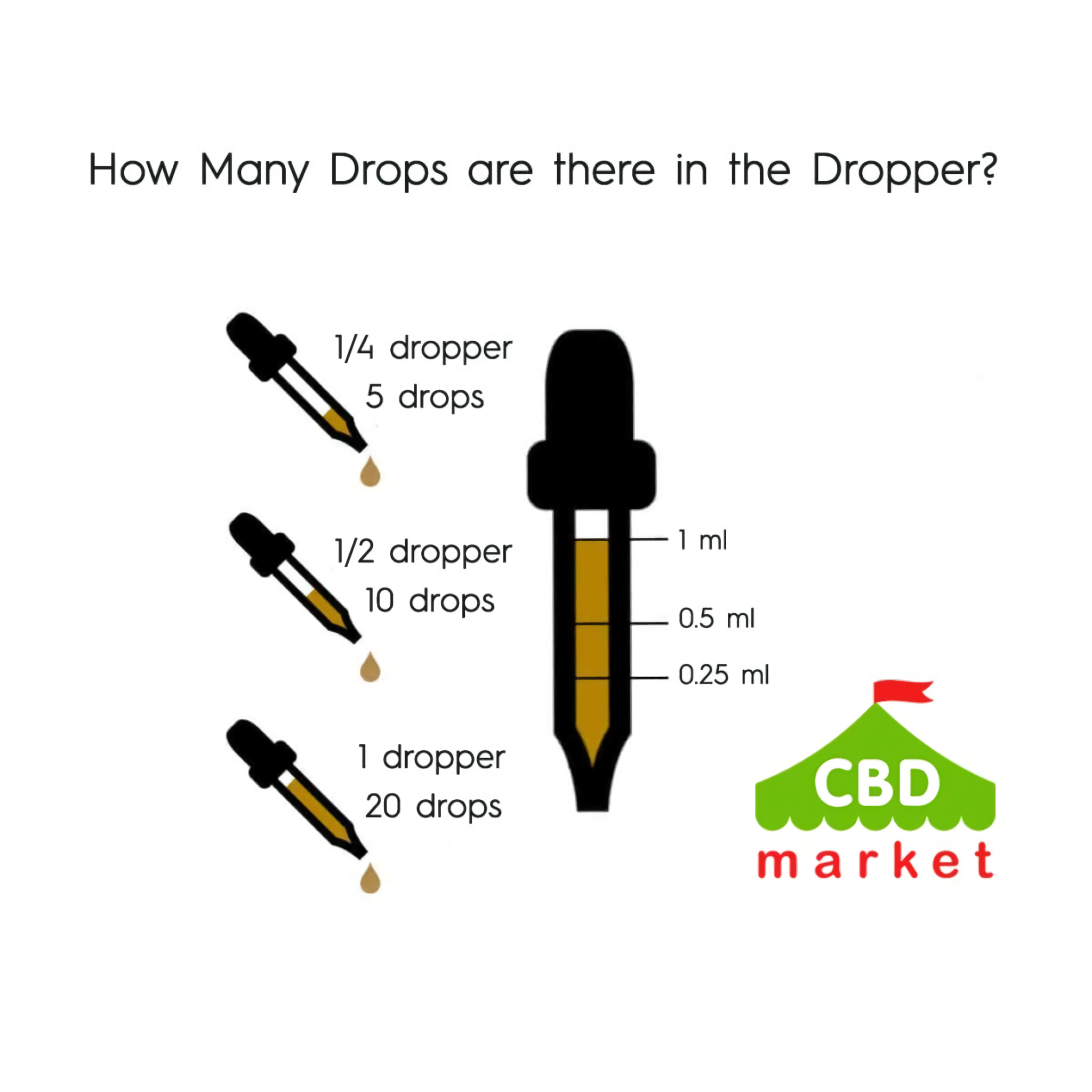
The seemingly simple question of how much liquid a dropper holds can quickly unravel into a surprisingly complex issue. Dosage accuracy is paramount in medicine, scientific research, and even culinary applications. A miscalculation, especially with potent substances, can have serious consequences.
This article delves into the ambiguity surrounding dropper measurements, specifically focusing on the seemingly straightforward query: "How much is 2ml in a dropper?". We will explore the factors that contribute to variations in drop size, examine official guidelines where available, and provide practical advice to ensure accurate liquid measurement, highlighting the potential risks of relying solely on the assumption that a dropper equals a fixed milliliter amount.
The Myth of the Standard Dropper
The first misconception to dispel is the idea of a universal "standard" dropper. While droppers are ubiquitous in homes and laboratories, their volumes are far from standardized. The actual volume dispensed per drop varies significantly based on several factors, creating potential for error if not carefully considered.
One key element impacting volume is the dropper's orifice size. A wider opening naturally releases a larger drop compared to a narrow one. The material the dropper is made from, typically glass or plastic, also influences the surface tension and adhesion of the liquid, affecting drop formation and volume.
Factors Influencing Drop Size
Liquid Viscosity and Density
The physical properties of the liquid being dispensed play a critical role in determining drop size. Viscosity, or a liquid's resistance to flow, directly affects the ease with which a drop forms and detaches from the dropper tip. More viscous liquids tend to form larger, slower-forming drops.
Similarly, density, which is the mass per unit volume of a liquid, influences the gravitational force acting on the drop. Denser liquids will generally produce heavier, potentially larger drops compared to less dense liquids, even with the same dropper.
Surface Tension and Angle
Surface tension, the cohesive force that holds liquid molecules together, is another vital factor. Liquids with high surface tension, like water, tend to form more spherical drops.
The angle at which the dropper is held can also impact drop size. Tilting the dropper can alter the surface tension at the tip and the rate of liquid flow, thereby influencing the resulting drop volume. A more vertical angle generally leads to more consistent drop formation.
Official Guidelines and Industry Standards
Regulatory bodies and standard-setting organizations often acknowledge the inherent variability in dropper measurements. The United States Pharmacopeia (USP), a widely recognized compendium of drug information, does not define a standardized "drop" size in terms of milliliters.
Instead, the USP emphasizes the importance of calibrated measuring devices for accurate dispensing of medications. It advises against relying on drops as a precise unit of measure, especially for potent drugs or medications requiring specific dosages. Instead, oral syringes and graduated droppers with marked milliliter increments are recommended for accurate liquid measurements.
Determining 2ml with a Dropper: Practical Approaches
Given the variability, how can one accurately measure 2ml using a dropper? The most reliable method is to use a dropper calibrated with milliliter markings.
These droppers have clearly indicated volume graduations, allowing you to draw up the liquid to the desired 2ml mark. If a calibrated dropper isn't available, the next best option is to determine the drop factor of a specific dropper for a specific liquid.
Determining the Drop Factor
The drop factor is the number of drops required to equal 1ml. To determine this experimentally, carefully count the number of drops needed to dispense 1ml of the liquid using a calibrated syringe or graduated cylinder. Then, you can use this information to approximate 2ml by multiplying the drop factor by two.
For example, if it takes 20 drops of a particular liquid to equal 1ml using a specific dropper, then approximately 40 drops from that same dropper should be roughly equivalent to 2ml. Remember this is still an approximation.
The Risks of Inaccurate Dropper Measurements
Relying on assumptions about dropper volume can be particularly dangerous in certain situations. In medicine, inaccurate dosages can lead to therapeutic failure, adverse drug reactions, or even toxicity. This is especially critical for infants and children, where precise dosing is crucial.
In scientific research, inconsistent drop sizes can compromise the validity and reproducibility of experiments. Minor variations in reagent concentrations can significantly impact experimental results, leading to flawed conclusions.
"The variability in dropper measurements underscores the importance of using calibrated devices for accurate dispensing, particularly in sensitive applications like medicine and research," emphasizes Dr. Anya Sharma, a pharmaceutical scientist at the National Institutes of Health.
The Future of Liquid Measurement
The limitations of dropper-based measurements are driving innovation in liquid dispensing technology. Microfluidic devices, which precisely control fluid flow at the microscale, are emerging as a more accurate alternative for drug delivery and scientific research. These devices offer precise and reproducible liquid handling, minimizing the risk of dosage errors.
Furthermore, advancements in sensor technology are enabling real-time monitoring of liquid volume and flow rate, providing greater accuracy and control over dispensing processes. These technologies are poised to revolutionize liquid measurement in various fields, paving the way for more precise and reliable outcomes.
In conclusion, while droppers remain a convenient tool for dispensing liquids, understanding their limitations is essential. A single "drop" does not equal a fixed milliliter amount. Always prioritize calibrated measuring devices whenever accuracy is critical, and exercise caution when relying on drop counts for dosage or experimental purposes. The precision of modern science and medicine demands more reliable methods.

